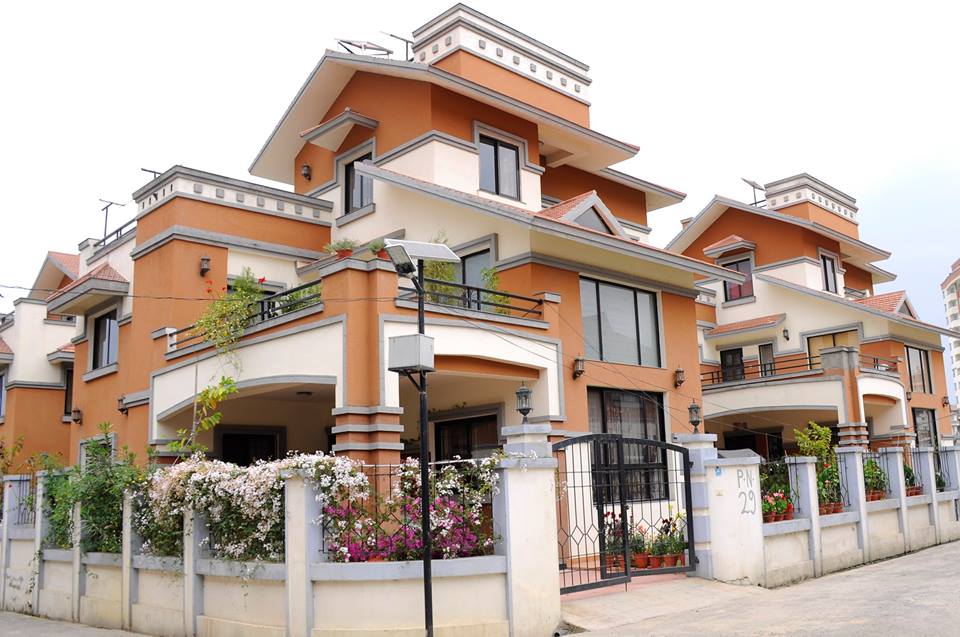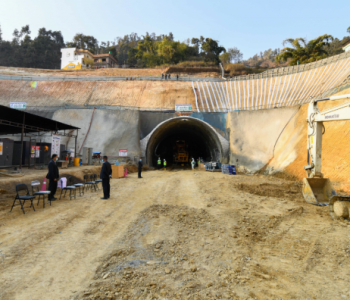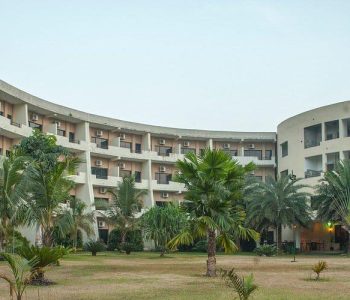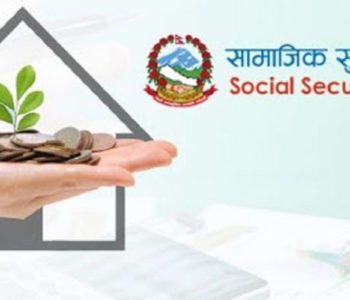Real estate transactions rise in Kartik, but revenue drops by over 12pc

KATHMANDU: Real estate transactions have increased in Kartik compared to Ashoj, but revenue generated from the sector has declined significantly, according to the Department of Land Management and Records. Despite Kartik marking the beginning of the peak season for property transactions, the anticipated growth in the sector has yet to materialize, industry stakeholders report.
Data from the department reveals that 32,160 land subdivision deeds were approved in Kartik, a slight rise from 31,414 in Ashoj. Similarly, transaction-related deeds increased to 33,514 from 30,527 during the same period. However, revenue collection fell by 12.24%, plummeting from NPR 3.81 billion in Ashoj to NPR 2.70 billion in Kartik.
The trend of declining revenue, which began in Bhadra, is attributed to delays in land use classification across 620 municipalities. Land subdivisions were halted until the government amended the Land Use Regulations in Bhadra, allowing transactions to resume temporarily until Ashar 2082. However, the policy adjustments have yet to translate into significant revenue recovery.
Challenges in Reviving the Market
Bhesraj Lohani, President of the Nepal Real Estate Entrepreneurs Federation, acknowledged the market’s sluggish recovery. “The period from Kartik to Jestha is traditionally the busiest for real estate, but this year, Kartik hasn’t shown much improvement,” he said. “There are signs of gradual progress compared to last year, but the sector is still underperforming.”
Regulatory changes now permit subdivisions of residential and commercial land up to 80 square meters for approved plans and 130 square meters for unapproved ones. Previously, all subdivisions required at least 130 square meters, regardless of planning approval.
Loan-to-Income Ratio a Hindrance
Nepal Rastra Bank’s strict loan-to-income ratio policies have also impacted the sector. Currently, housing loans up to NPR 5 million are capped at 60% of monthly income, while loans above this threshold are capped at 70%. Lohani has urged the government to increase the ratio to 80% to boost real estate transactions.
In Shrawan 2080, the central bank raised the maximum loan amount for first-time homebuyers from NPR 15 million to NPR 20 million. However, developers and entrepreneurs building housing and apartments must adhere to installment-to-income ratios of 50% and 60%, respectively. Lohani suggested increasing these ratios to 80% to ease financing constraints.
Call for Policy Reforms
Lohani emphasized that the current loan disbursement system, which averages government and market valuations, limits loans to just 35-40% of the property’s market value. “Raising the installment-to-income ratio to 80% would allow at least 50% financing, providing much-needed liquidity in the market,” he said.
As the real estate sector continues to face challenges, stakeholders have urged Nepal Rastra Bank to reform its policies to revive the industry, particularly in a season traditionally known for high activity in property transactions.













Facebook Comment